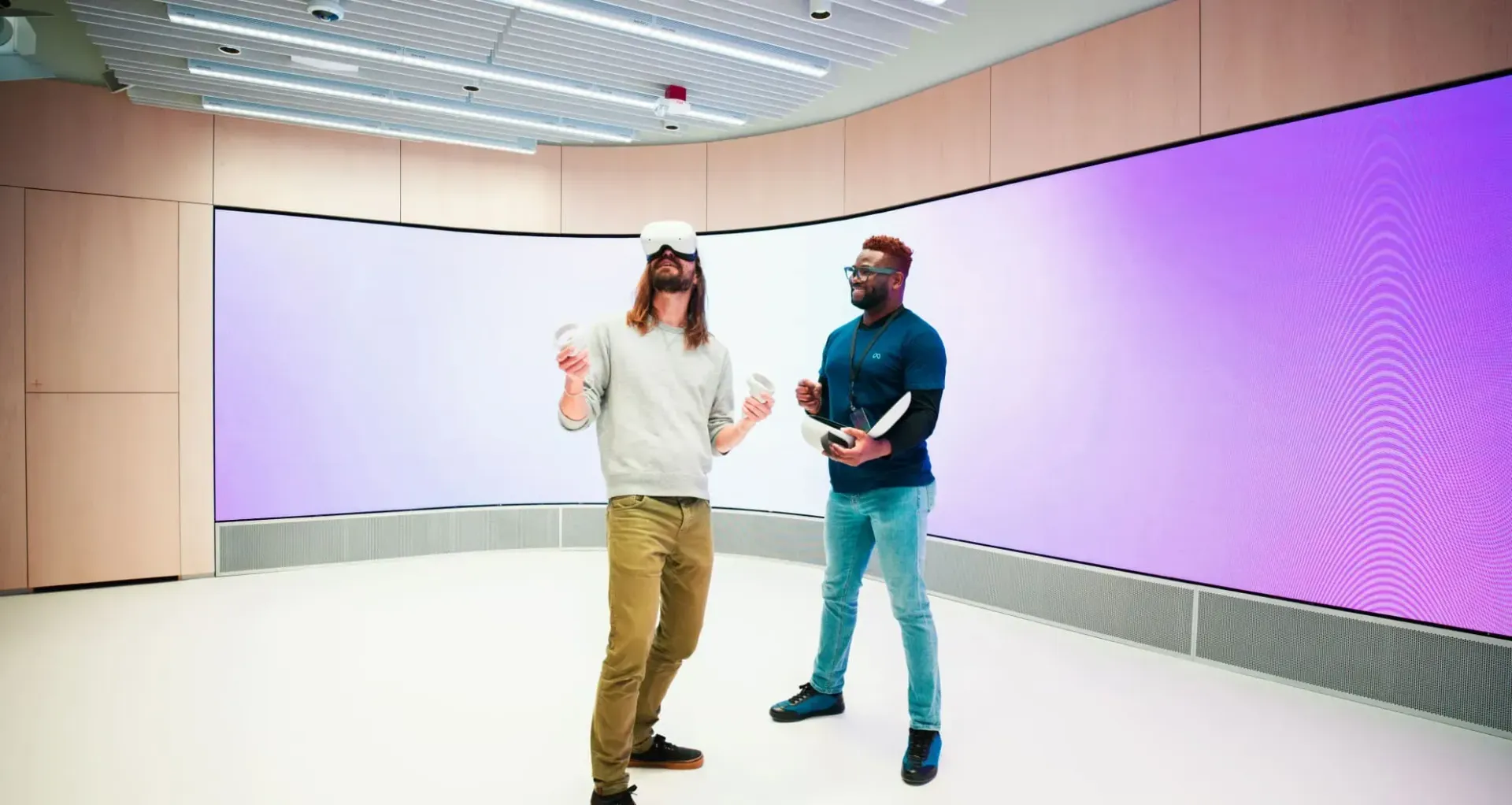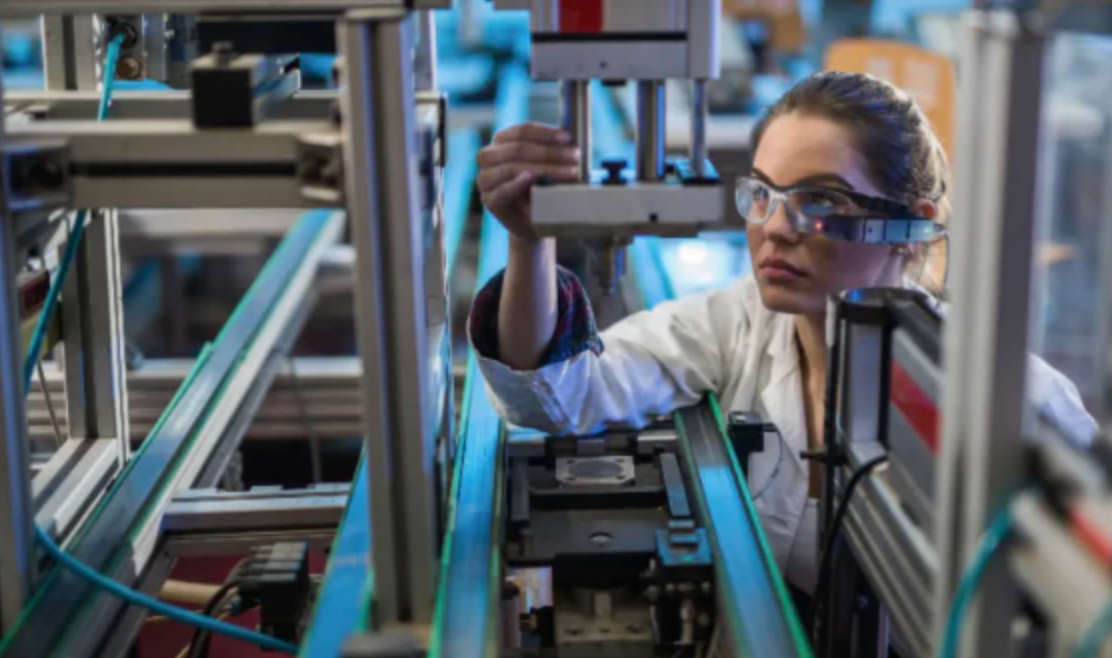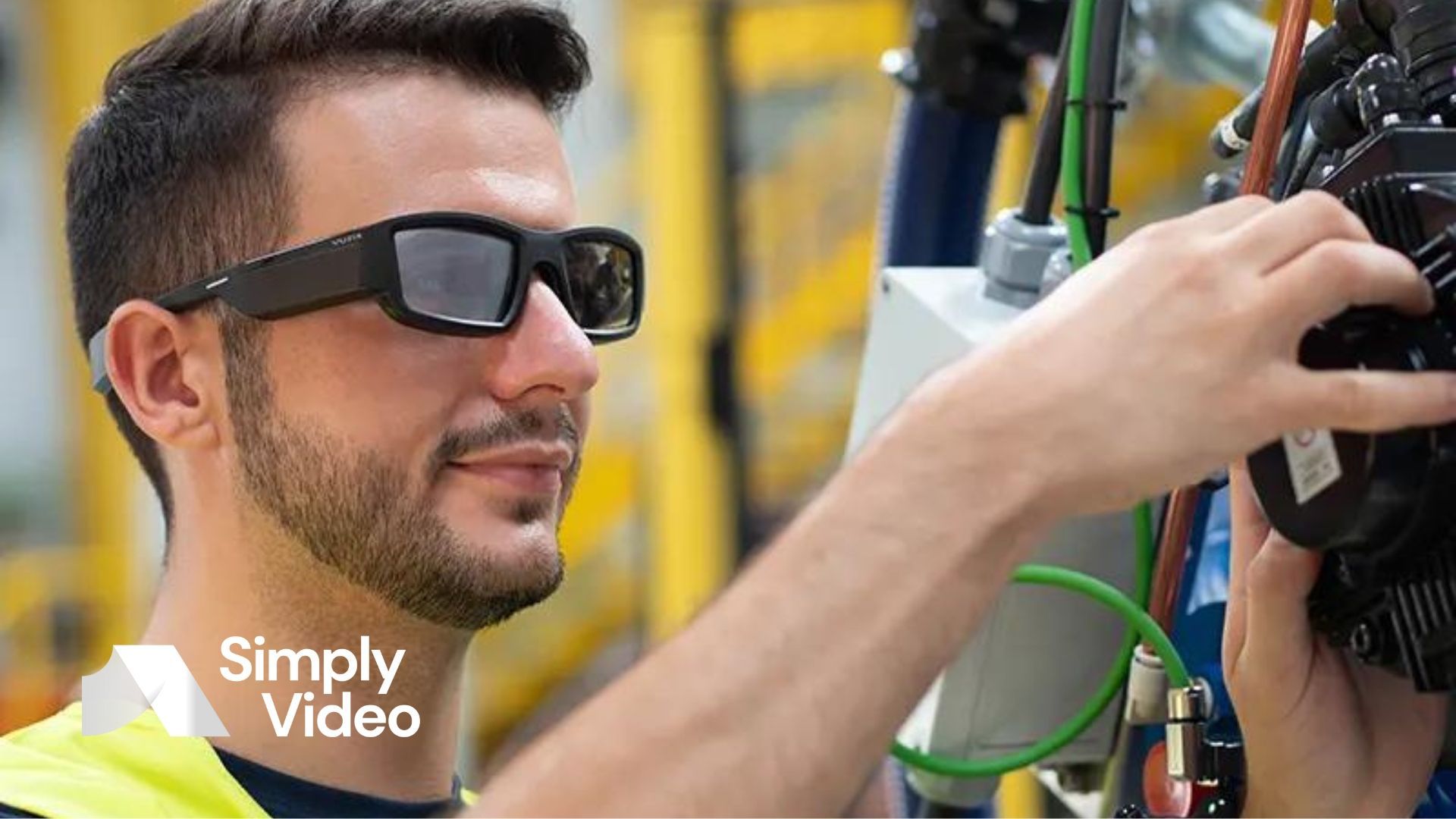XR and virtual training in veterinary care
Extended reality is making big waves in the world of veterinary care – especially in the context of education. Learn how it's helping trainee vets save lives.

Name an industry at random and you'll probably find that it's started to deploy extended reality (XR) solutions.
From energy to medicine, from education to construction, it seems as though every forward-thinking enterprise is donning XR headsets and smart glasses.
This technology has been around for a while – but it was given a massive push by the COVID-19 pandemic. In the absence of onsite teamwork, remote collaboration wasn't a choice but a necessity.
That gap was filled by videoconferencing technology equipped with XR features – things like 3D annotation, asset visualisation and remote training.
Most innovations brought about by the pandemic have been happily shelved (Houseparty, anyone?) But XR is here to stay.
This is partly because it's good for ROI. After the initial outlay on gear acquisition and deployment, you'll find that your travel budget is looking deliciously slim. That applies whether you're using XR to repair faulty equipment or provide immersive training for high-risk scenarios.
Veterinary care is a great example of how an industry was forced to adapt to the pandemic but decided to embrace those innovations in the long-term.
Surgical training is undergoing a transformation – one that keeps both humans and animals safe and helps to answer ethical questions about the use of cadavers.
First, let's take a look at the University of Georgia's innovative use of virtual dissection.
Virtual dissection
At the University of Georgia, vet students can "dissect" virtual 3D animals whose designs have been based on real-life clinical cases. The student can see what incisions to make in a risk-free environment.
This kills a couple of birds with one stone (metaphorically speaking, of course). First, there's the question of space.
Even before the pandemic, Georgia's College of Veterinary Medicine was exploring ways to maximise space and cater for a larger number of students. VR means that students can be split into two groups – some people in the lab working with real-life cadavers, others at special workstations with VR headsets.
Then there's the use of cadavers. There are ethical concerns about their use in the lab, as well as questions about availability. But there's also the fact that students – as Dr Magee at Colorado State University puts it – "want to be able to study the cadaver when they're not with the cadaver".
VR, she goes on, "lets them do that. It's about improved learner control."
Students can gain invaluable, life-saving experience
before working on live animals. The faculty can allocate time and resources more effectively. And, at least in principle, geography is no barrier to participation – you could participate in the training off-site.
These 3D virtualisations are similar to pre-surgical training in medicine where – to take a dramatic example – the separation of Siamese twins can be practised with extreme detail long before the surgeons reach for the scalpel.
VetVR
At Colorado State University, researchers have launched VetVR. This is a campus-wide initiative that focuses on the development and testing of virtual tools for veterinary education.
It grew out of an earlier project to create a virtual reality anaesthesiology machine – one of those crucial bits of medical kit that induces and maintains anaesthesia.
Now they're working on creating virtual settings that are pretty much indistinguishable from in-classroom, rotational training.
In the future, we might see training opened up to students from different parts of the country – or the world.
The team has also created a VR game in which players are put in charge of a dog in a vet clinic. Their goal: keep the dog alive.
The game allows players to make life-saving decisions – examining the patient, administering prescriptions and making diagnoses.
Unlike VetVR's on-campus training tools, this game is intended for anyone – not just veterinary students.
More advantages of virtual training
At the heart of veterinary training is the idea of "rotations". This is where students take turns to participate in real-life emergencies – closely supervised by mentors, of course.
This combination of desk work and actual emergencies is designed to develop students' quick reflexes as well as their textbook knowledge. They emerge from training having dealt with real-life scenarios as they happened.
This is invaluable – but the stakes are high. Virtual training lowers those stakes without lowering the quality of learning.
It can also offer something that rotational training can't: repeatability. Every patient and every emergency is different. If something goes wrong, it goes wrong.
But virtual training means that students can be guided through a series of common situations until they've got them cracked.
Texas A&M University has a focus on agriculture – and it's created a virtual reality lab for "ag school".
Students pop on their VR goggles and follow a pen rider as they identify sick cattle, remove them from the herd and place them in hospital pens. This is intended to develop students' confidence in determining if cattle are sick.
Like virtual dissection, it's safe, informative and endlessly repeatable. It's no wonder that solutions like these are being developed and deployed in veterinary training centres across the world.
DAVE the virtual dog
Finally, there's DAVE. His name stands for "dog assisted virtual environment". He was developed by researchers at the University of Liverpool as a way of testing how humans interpret signs of canine aggression.
This research project began in response to the surprising news that dog bites in the UK have been on the up. Hospital rates for dog bites tripled between 1998 and 2018. More knowledge of how dogs and humans interact could, they thought, help bring those admission numbers down.
The problem is, of course, that it's difficult to carry out this experiment ethically in real life. You would have to put both dogs and humans at risk.
Virtual reality is a solution to this problem. Participants are studied as they react to DAVE's movements.
What's next?
Virtual training is changing the way that veterinary education works – and with hardware and software becoming more and more scalable, it's likely to be sticking around.
SimplyVideo is a
low-bandwidth videoconferencing platform that's built for XR. Find out how it can
improve productivity and problem-solving – or
sign up now for a 30-day free trial.












